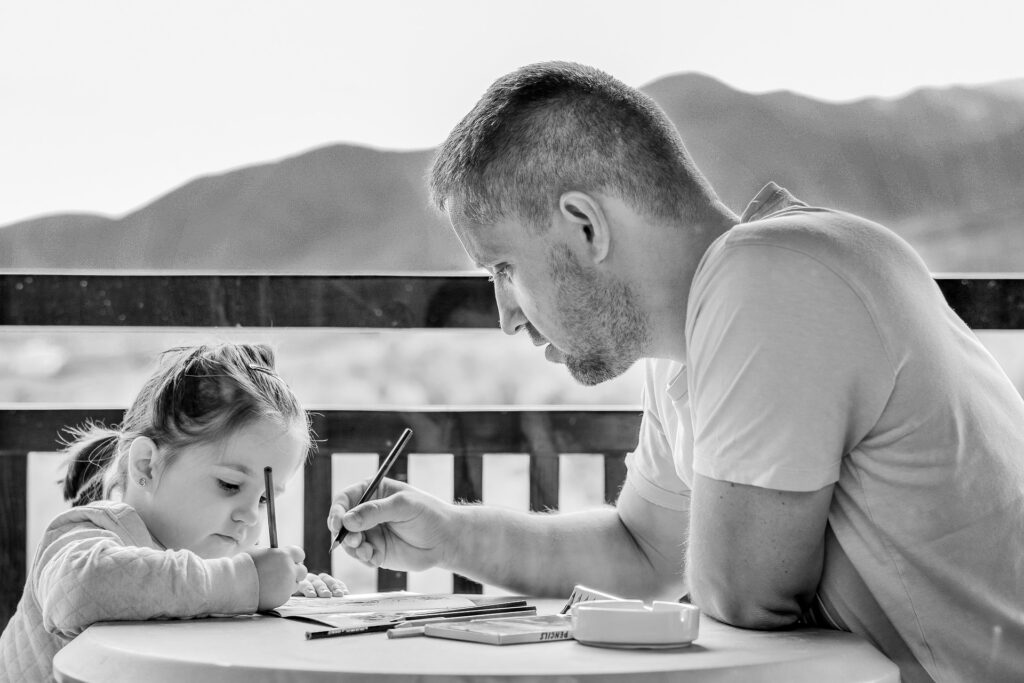Signs your child may be questioning their gender identity

What to look out for to understand if my child is questioning their gender identity?
What to pay attention to?
What to look out for to understand if my child is questioning their gender identity?
What to pay attention to?
Paying close attention to detail is necessary to identify the signs and behaviors of your child’s gender identity questioning. It’s essential to keep in mind that every child is unique and will not exhibit their gender identity in the same way. Here are some critical things to think about:
Take note of any overt gender expressions they make, such as expressing a desire to be a different gender or a sense that they do not belong in the gender they were born into. Some children may say it bluntly, while others may use more subtle language.
Be aware of one gender’s non-verbal cues, such as body language and facial expressions, when engaging in activities typically associated with that gender. For instance, they could show discomfort when compelled to follow gender norms.
Pay attention to the attire and haircuts they select. Young people who aren’t sure about their gender identity could prefer clothing more frequently associated with a different gender. They may also experiment with several styles as a means of self-expression.
Keep track of recurrent preferences for games, toys, or hobbies frequently connected to a different gender. This may indicate that they are figuring out who their gender identification is.
Observe how they interact with their classmates. Children who aren’t sure which gender they identify with may choose to hang out with friends of the same gender or may feel more comfortable in groups representing multiple gender identities.
Take note of any changes in behavior or emotions. For example, a child who is unsure of their gender identity may exhibit signs of melancholy, anxiety, or hopelessness, particularly if they are feeling pressured to conform to gender stereotypes.
Pay attention if they show a keen interest in stories or media that portray transgender or non-binary characters or in topics linked to gender identity.
Children may use pronouns or alternate names that better reflect their gender identity.
As they approach puberty, children may show signs of suffering or distress related to their changing bodies if they do not align with their gender identity.
Children can ask questions about gender and its meanings or comment on how they feel about their gender.
It’s critical to maintain an open mind and avoid drawing hasty conclusions from these results. If you have any cause to think that your child doubts their gender identity, you must create a supportive environment where they feel free to explore and express their feelings. Encourage open communication and consider seeking the advice of professionals specializing in gender diversity. Remember that every child’s journey is unique, and they may need different support.